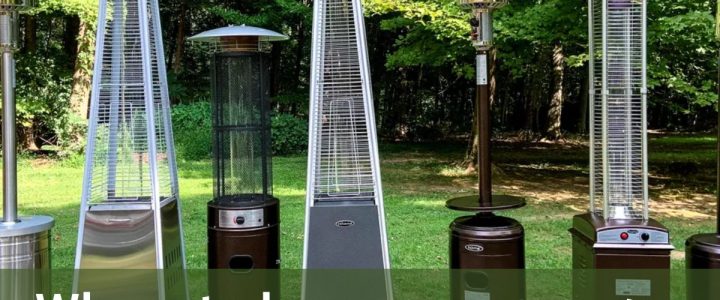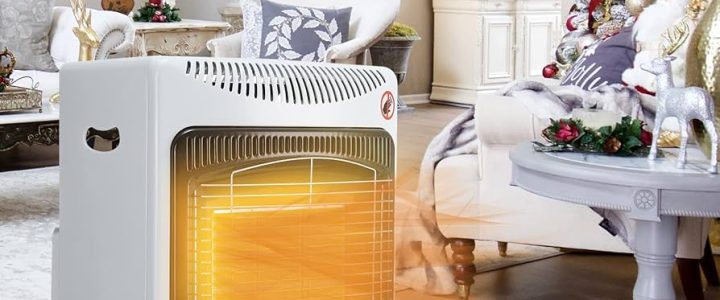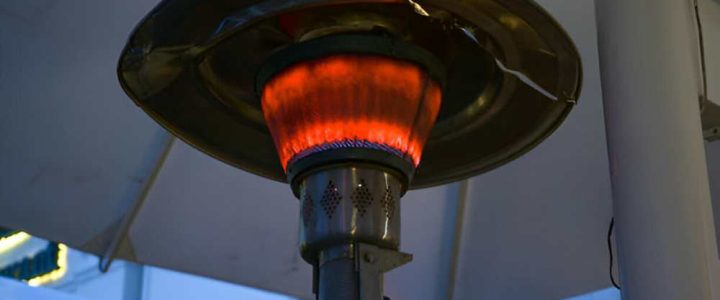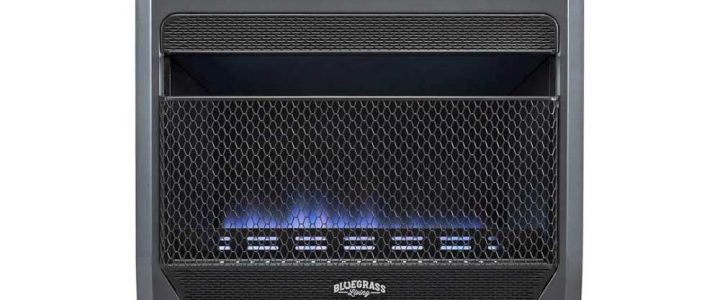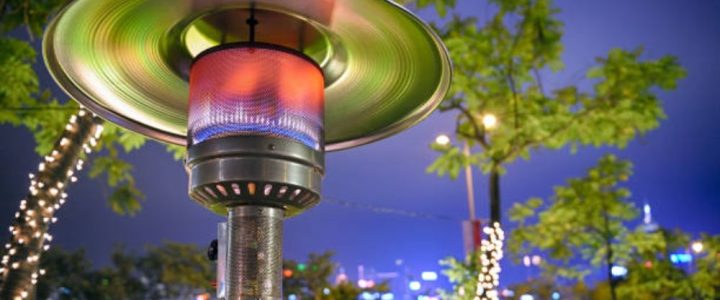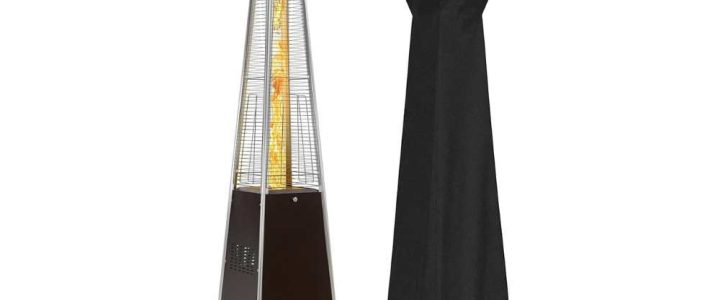Propane gas heater outdoors are not unusual, considering they’re more low-cost and efficient than electric heaters. If you want a low-cost gas heater for your backyard or restaurant patio, a propane gas heater is an excellent choice. These Outdoor gas heaters can rework the chilliest nights into comfortable gatherings with their realistic heating skills. However, numerous essential elements ought to be considered earlier than purchasing to ensure you get the only steady heater.
Why everyone should consider buying a propane gas heater outdoors?
Beyond barbecues and social gatherings, in case you need to work for your terrace all through cold iciness nights, you’ll want a price-effective and long-lasting heating choice. Unlike many other outdoor heating options, propane fuel heaters offer high warmth output at a minimum price. A cheap propane gas heater is smart funding for industrial or household functions.
Pros of Propane Gas Heaters
There are many benefits to choosing propane heaters over other heating options:
- Clean Burning: Propane is listed as an acceptable alternative fuel under The Clean Air Act of 1990. Compared to burning coal, it significantly reduces greenhouse gas emissions.
- Safety: Propane is non-toxic. Proper garage storage poses no hazard to protection and fitness, and it may be stored in underground tanks without contaminating water or soil.
- Tank Capacity: Propane tanks come in various sizes, so you can choose one that fits your heating needs.
- Reliable Heat: Propane heaters function at warmer temperatures than electric heaters, so you spend less time jogging the heater.
- Longevity: Propane warmers normally remain five-10 years longer than electric warmers.
Cons of Propane Gas Heaters
While propane heaters have many advantages, in addition, they include a few downsides:
- Additional Responsibility: You must frequently take a look at and hold your propane delivery. Owning a tank requires ongoing protection and occasional repairs.
- Large Tank: Propane tanks can be cumbersome and, depending on their placement, may impact the aesthetics of your own home.
propane gas heater outdoors vs. Other Heating Options
Propane vs. Electric Heating
- Reliability: Propane can be stored quickly and safely, making it more reliable than electricity, especially when other energy sources are unavailable.
- Eco-friendliness: Propane is considered green energy, helping to cut emissions and protect the environment.
- Longevity: Propane heaters last longer than electric heaters, saving money on replacements.
- Cost: Propane heaters are more cost-effective than electric heaters.
Propane vs. Natural Gas Heaters
- Environmental Friendliness: Propane is a cleanser, freeing fewer greenhouse gases and pollution.
- Energy Efficiency: Propane is greater strength-green, requiring much less gasoline to supply equal warmth.
- Convenience: Natural gas is extra handy as many homes have herbal fuel lines. Propane warmers require tank modifications, which can be less handy.
- Cost: Propane consumes tons much less in phrases of quantity in line with the hour than natural gasoline, making it greater fee-effective, specifically wherein natural fuel is highly priced. Propane also offers higher BTUs than herbal fuel.
Things to Consider Before Buying a propane gas heater outdoors
Buying a propane gas heater entails careful consideration of several elements:
1- Outdoor Space & Heater Size
Measure your outdoor area in square ft to decide the suitable heater size. Moreover, larger spaces require warmers with better BTUs (British Thermal Units). In areas with fluctuating and windy climates, a bigger heater can be important, irrespective of space length.
2- Lightweight and Moveable
Choose heaters that might be lightweight and effortlessly moveable. Built-in wheels decorate portability, permitting you to transport the heater results quickly. While wall-installed heaters keep the area, they must cover it adequately.
3- Safety & Security of propane gas heater outdoors
Opt for heaters with oxygen depletion sensors that mechanically close off at low oxygen ranges. Look for fashions with a tip-over safety mechanism to ensure the heater turns off if it guidelines over, stopping hearth hazards.
4- Electronic & Manual Ignition
Check whether or not the heater has manual or digital ignition. Manual ignition involves the usage of a match or lighter, while electronic ignition begins by pushing a button. Manual systems are often more dependable in moist situations.
5- Anti-rust Material of propane gas heater outdoors
Choose heaters of stainless steel or aluminum with anti-rust residences to ensure durability and effectiveness in harsh climate conditions. So, if you need your outdoor propane fuel heater to be enormously durable and sensible, surviving harsh weather situations, you must recall a stainless-steel heater.
6- Fuel Efficiency of propane gas heater outdoors
Smaller or medium-sized heaters are endorsed for gas performance. Moreover, some excessive BTU warmers are designed to be fuel-efficient with effective burner design and insulation, offering extended hours of warmth without consuming immoderate fuel.
Conclusion
Investing in a propane gas heater for outdoor use is a realistic and value-powerful desire. Moreover, by considering area length, portability, safety functions, ignition methods, anti-rust materials, and gas efficiency, you can pick out the correct heater to meet your wishes. Patio Heaters are also ideal for lawns and gardens, offering substantial heat and coverage. Whether for personal entertainment or business use, a well-selected propane cheap gas heater will enhance your outside enjoyment, imparting warmth and luxury in any putting. Prioritize everyday upkeep to ensure your outdoor gasoline heater stays in top condition, imparting dependable carrier for its lifespan.
